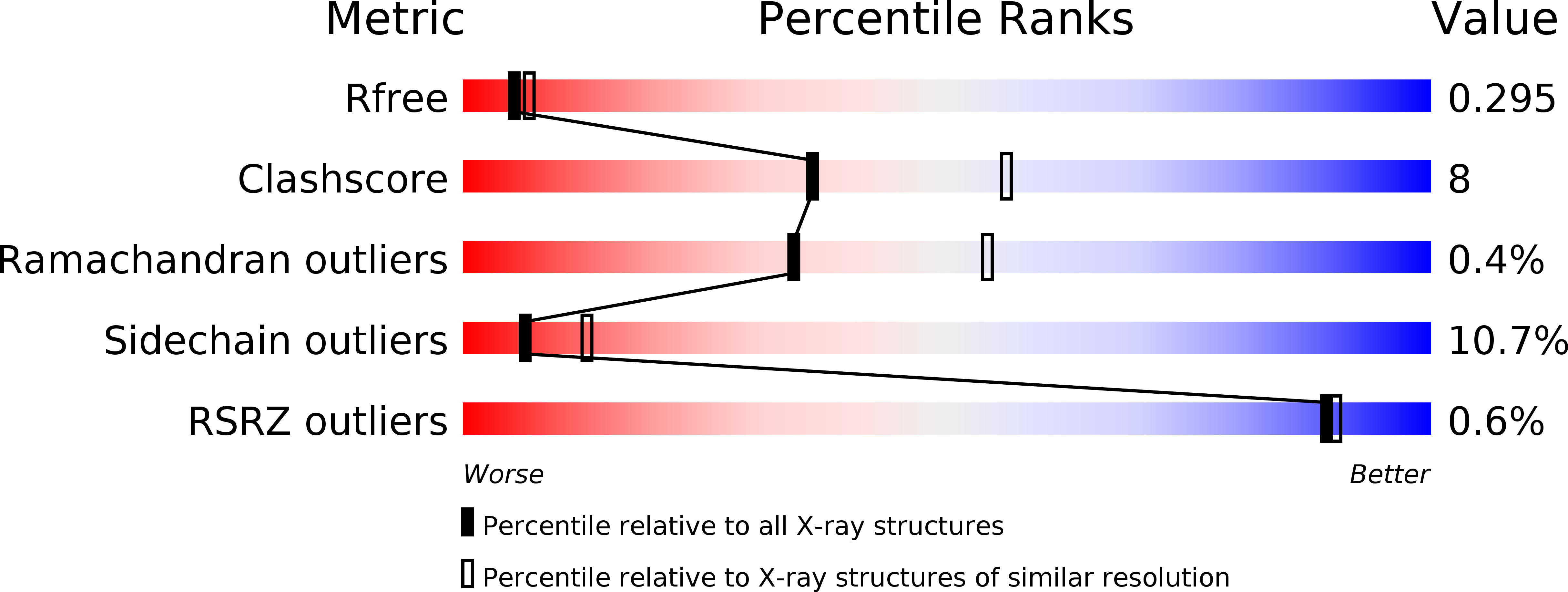
Deposition Date
2008-08-17
Release Date
2009-03-10
Last Version Date
2024-10-16
Entry Detail
PDB ID:
3E6Y
Keywords:
Title:
Structure of 14-3-3 in complex with the differentiation-inducing agent Cotylenin A
Biological Source:
Source Organism:
Nicotiana tabacum (Taxon ID: 4097)
Host Organism:
Method Details:
Experimental Method:
Resolution:
2.50 Å
R-Value Free:
0.28
R-Value Work:
0.19
R-Value Observed:
0.19
Space Group:
P 1 21 1


